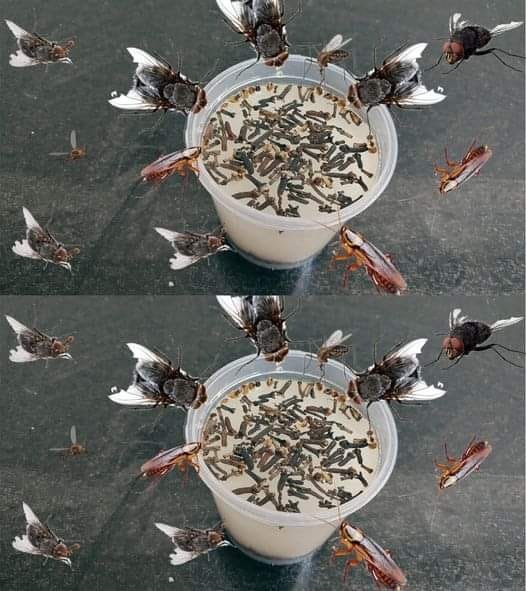Why Milk Jugs Have a Circular Dent: The Hidden Engineering Behind the Design
Introduction: A Curious Indentation
If you’ve ever picked up a plastic milk jug, you’ve likely noticed the circular dent along its side. Though it’s a feature most people see daily, few stop to wonder why it’s there. Many might assume it’s merely decorative or a manufacturing quirk. In reality, this subtle indentation plays a crucial role in both the practicality and safety of milk containers. Like many seemingly simple objects, the milk jug holds clever engineering secrets designed to make it durable, economical, and sustainable.
The Purpose of the Circular Dent: More Than Meets the Eye
The round dent on a milk jug is no accident of design—it serves several important purposes. Firstly, it acts as a sort of pressure valve, giving the jug flexibility to expand or contract as needed. When milk fills the jug, it pushes outward on the plastic walls. The dent provides a “give” point so the jug can slightly flex instead of cracking under the stress. This is especially important during transport and storage, where temperature changes might cause milk to expand.
Moreover, the dent strengthens the jug’s structure, helping prevent the container from collapsing under stacking pressure. By understanding these details, consumers can better appreciate the thoughtful design decisions behind such a commonplace item.
A Look Back: How Milk Jug Design Evolved
Milk containers have undergone a fascinating evolution over the years. Decades ago, milk was delivered in glass bottles—a solution that was heavy, fragile, and less practical for large-scale distribution. As demand for milk grew and the dairy industry expanded, a shift toward lighter, more durable packaging became necessary.
Plastic milk jugs emerged in the mid-20th century, changing the industry with their lightweight, shatterproof construction. The addition of the circular dent came as part of these innovations, helping jugs endure the demanding conditions of modern shipping, storage, and handling.
Key Benefits of the Circular Dent
1. Enhancing Structural Integrity and Managing Pressure
The dent boosts the jug’s physical resilience. Without it, the outward force of milk could push the plastic walls until they crack, especially when exposed to temperature fluctuations. The dent works as a built-in pressure release system, helping maintain the jug’s shape and preventing leaks.
2. Reducing Manufacturing Costs and Plastic Use
Beyond strength, the dent has significant cost advantages. By incorporating this feature, manufacturers can use slightly less plastic without sacrificing durability. The shape helps distribute pressure evenly, meaning less material is required to create a strong jug. This design lowers production costs and lessens the environmental impact, as fewer raw materials are used overall.







